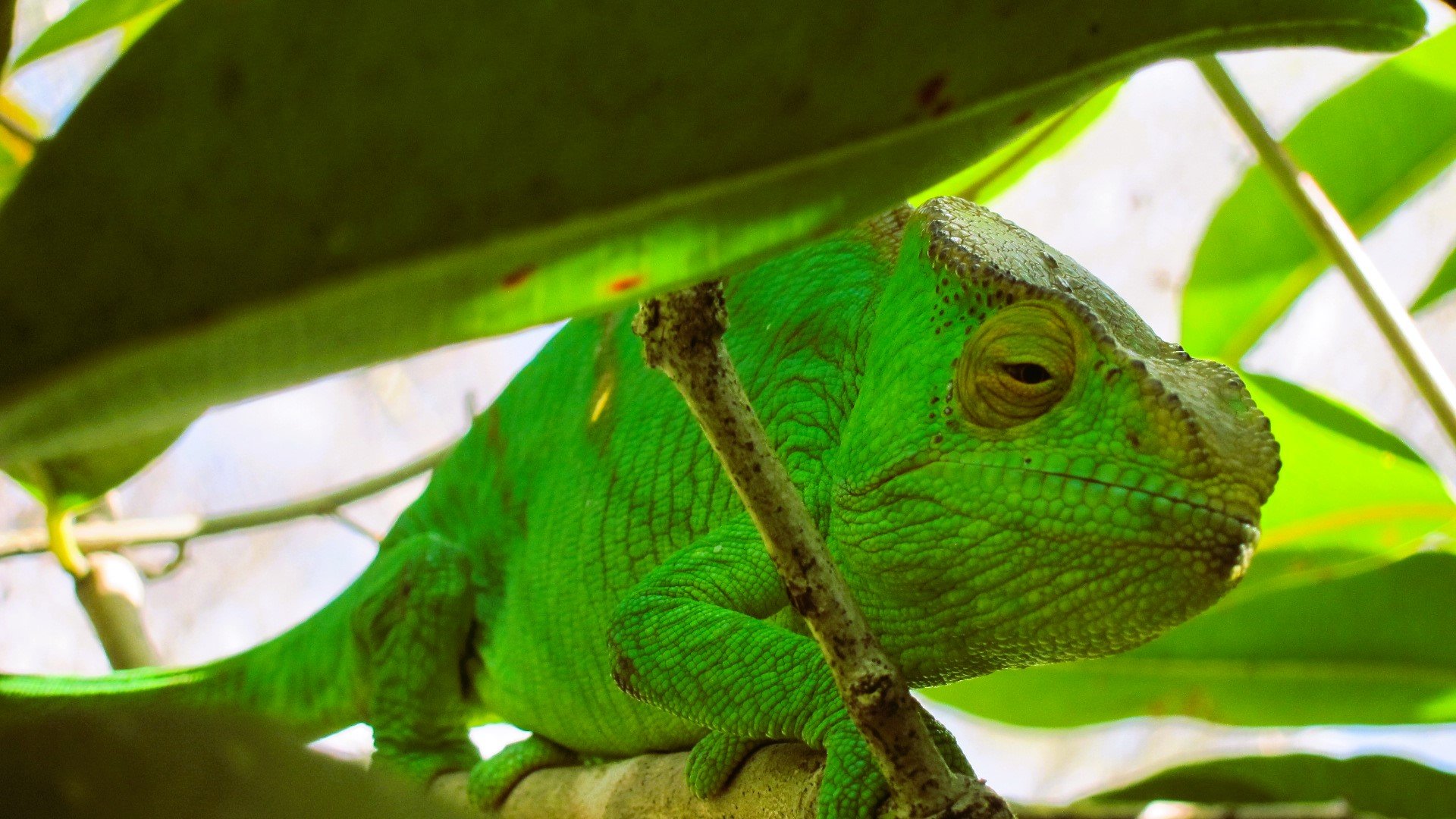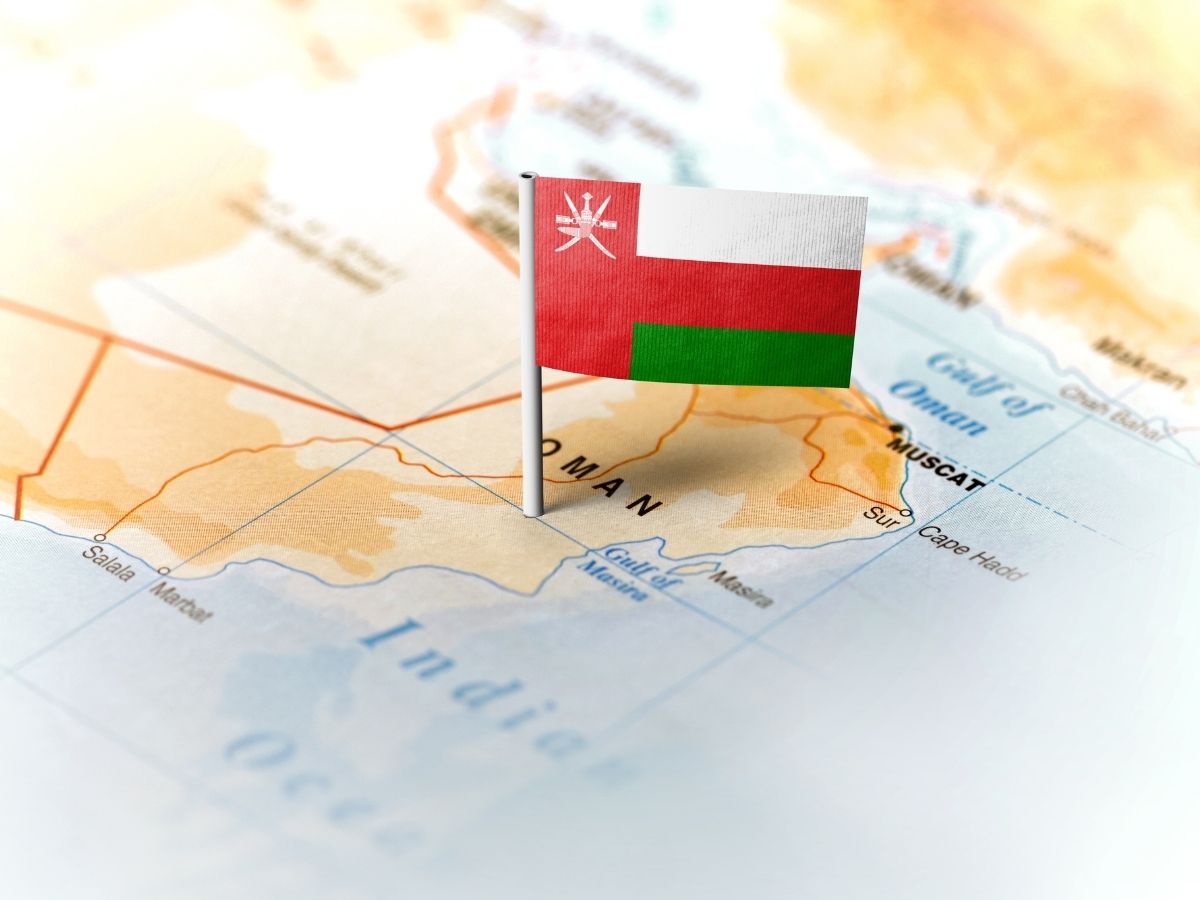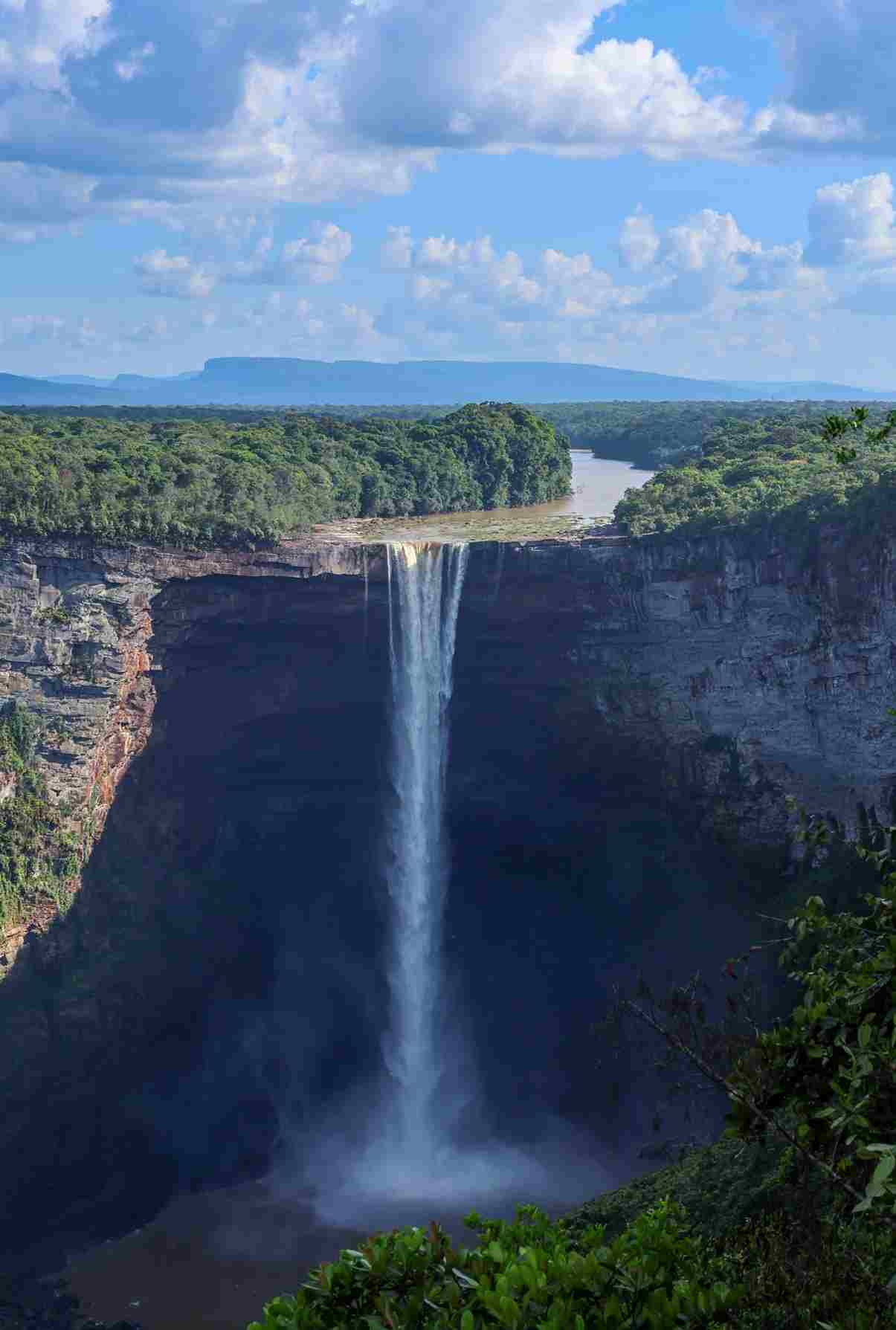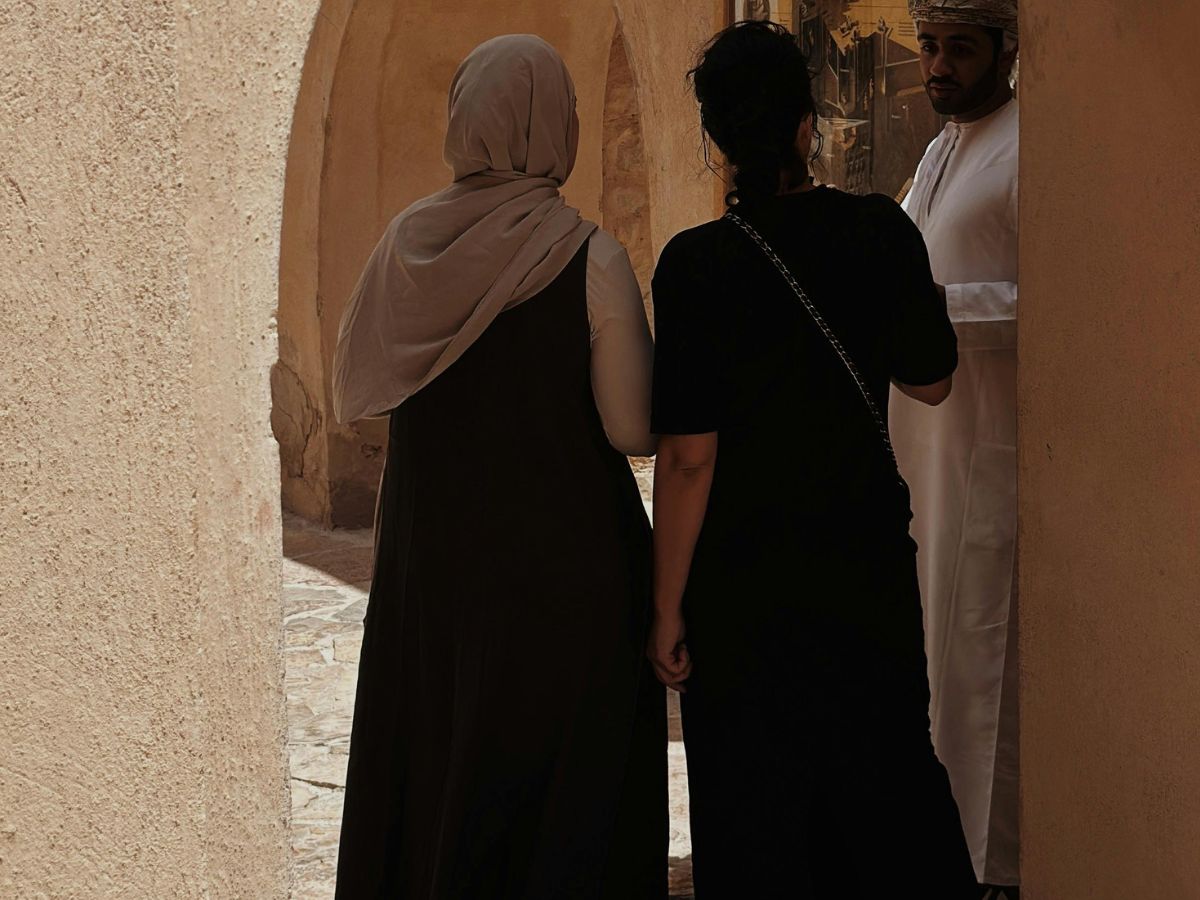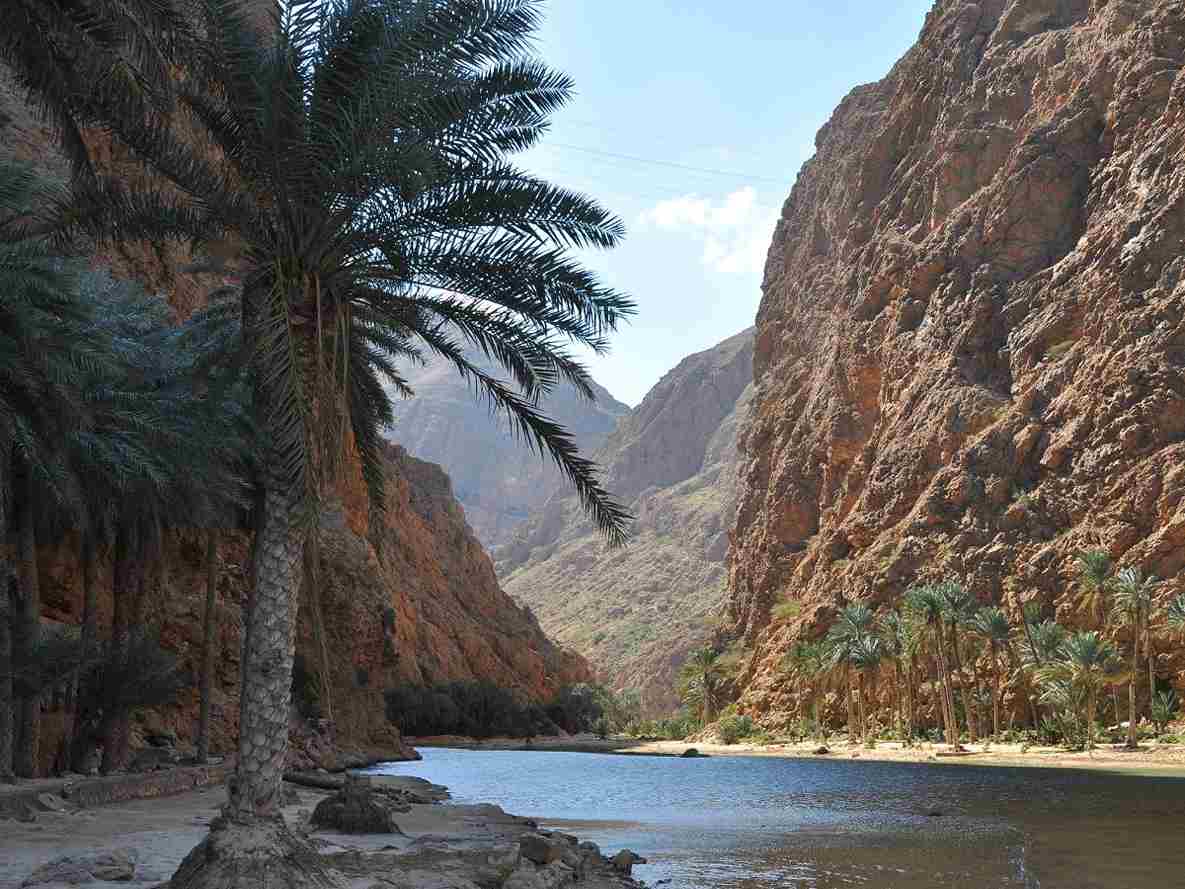My Secret’s of Madagascar Tour with UNESCO World Heritage Site Undiscovered Destinations
Arriving in Antananarivo, Madagascar’s vibrant capital, marked the start of an incredible adventure with Undiscovered Destinations. Our Secrets of Madagascar Tour was thoughtfully designed to uncover the island’s rare wildlife and cultural treasures. Staying near the airport at the Gassy Country House Hotel gave us the perfect base to explore local sights before heading east to Andasibe.
Our journey continued with a scenic drive to Andasibe, a route through lush vegetation where we stopped at a private reptile reserve to marvel at Madagascar’s chameleons. Andasibe itself was a haven for wildlife enthusiasts, offering encounters with lemurs at a private sanctuary and the thrill of a nocturnal forest walk. The highlight was undoubtedly Andasibe National Park, home to the indri, the largest lemur species. Walking through the forest with an expert guide, we were captivated by the park’s rich biodiversity and the enchanting call of the indri echoing through the trees.
Next, we flew west to Morondava, a coastal town known for its relaxed vibe and diverse ethnic groups. From there, we traveled to Kirindy, where a night walk in the reserve provided a rare opportunity to spot the elusive fossa and various nocturnal lemurs. The drive to Bekopaka was a long but rewarding journey, offering glimpses of rural Madagascar and two river crossings that added a touch of adventure.
Exploring the World Heritage Site of Tsingy de Bemaraha National Park was an unforgettable experience. This surreal, jagged limestone landscape is also a highlight of the Wild Madagascar Tour, which is perfect for adventurous travelers seeking remote natural wonders and off-the-beaten-track discoveries.
Driving back to Morondava, we stopped at the Avenue of the Baobabs at sunset, where these ancient trees stood majestically against the twilight sky. Our next destination was Miandrivazo, a fertile region by the Tsiribihina River, transitioning from dry west to lush rice fields. Here, we enjoyed a leisurely day, soaking in the countryside’s beauty.
In Antsirabe, a city founded by Norwegian missionaries, we explored local workshops and marveled at the thermal springs known for their healing properties. The journey continued to Ranomafana National Park, a rainforest paradise where we trekked in search of lemurs, reptiles, and exotic birds. The park’s prehistoric feel, with moss and lichens draping the trees, added to its mystical allure.
Fianarantsoa, Madagascar’s second-largest town, offered panoramic views before we ventured to Anja Park to see ring-tailed lemurs in their natural habitat. Isalo National Park, with its sandstone formations and tranquil natural swimming pool, provided a stark yet stunning contrast to the lush rainforests we’d visited earlier.
Traveling through the land of the Mahafaly people, we reached Tulear and then Ifaty on the coast. This sun-soaked paradise, with its coral reefs and vibrant Vezo fishing community, was perfect for snorkeling, diving, and relaxing by the Indian Ocean. The local pirogues dotting the coastline added a picturesque touch to our stay.
Our adventure concluded with a flight back to Antananarivo, where we enjoyed a final night at the Gassy Country House Hotel. Reflecting on our journey through Madagascar’s diverse landscapes and rich cultural tapestry, we felt a profound connection to this extraordinary island and its unique wildlife. This trip was more than an adventure; it was a journey into the heart of Madagascar’s natural and cultural heritage. The Secret’s of Madagascar Tour is a great itinerary and a great reason why you should tour Madagascar!
Introduction: The Allure of Madagascar
Madagascar, the fourth largest island in the world, is a destination that captures the imagination of every traveler. Set adrift in the Indian Ocean off Africa’s southeastern coast, this island is a true melting pot, where African, Asian, and European influences blend seamlessly into a vibrant culture. For nature lovers, Madagascar is nothing short of paradise: its lush rainforests are alive with the calls of rare wildlife, while its pristine beaches-like those on Nosy Be-are counted among the best beaches for travelers seeking relaxation beneath swaying palm trees. The island’s landscapes are as diverse as its people, from the otherworldly Avenue of the Baobabs to hidden coves and coral reefs teeming with life. With an astonishing array of endemic species, including the world’s largest variety of lemurs, Madagascar offers a journey into a world found nowhere else on earth. Whether you’re seeking adventure, wildlife encounters, or simply a place to unwind, Madagascar promises an unforgettable escape.
Into the Wild: National Parks and Nature Reserves
Madagascar’s national parks and nature reserves are a treasure trove for anyone passionate about wildlife and the great outdoors. The Isalo National Park is famed for its dramatic sandstone formations, deep canyons, and tranquil natural pools—perfect for a refreshing dip after a day of exploration. In the heart of the island, Andasibe-Mantadia National Park is a sanctuary for lemur lovers, home to over eight lemur species, including the iconic indri whose haunting calls echo through the forest. Nearby, Lemur Island serves as a sanctuary where visitors can see rescued lemurs up close, offering a unique wildlife encounter. On the east coast, Ranomafana National Park dazzles with its dense rainforest, sheltering a remarkable diversity of endemic flora and fauna. For a more intimate wildlife experience, the Anja Community Reserve in the south offers close encounters with ring-tailed lemurs in their natural habitat. Each park and reserve reveals a different facet of Madagascar’s wild beauty, making them essential stops for anyone eager to discover the island’s unique wildlife and landscapes.
Encounters with the Extraordinary: Wildlife and Animal Life
Madagascar is a living showcase of evolution, where animal life has flourished in splendid isolation. The island’s forests and reserves are alive with the antics of lemurs, from the playful ring-tailed species to the elusive indri, whose haunting calls echo at dawn and dusk. Along the west coast, the spectacle of humpback whales breaching offshore draws visitors from around the world, while the northwest coast offers thrilling opportunities to spot whale sharks gliding through the azure waters. The northwestern island is a prime location for whale shark encounters, especially during the season when these gentle giants gather to feed, making it a hotspot for snorkeling and marine wildlife viewing. Whale watching here is an unforgettable experience, as is encountering dolphins and other marine life in their natural habitat. Madagascar’s natural environment is a haven for endemic species, making every wildlife encounter feel extraordinary. Whether you’re trekking through rainforests, exploring the rugged terrain of a national park, or cruising the coastline, the island’s animal life never fails to inspire awe.
Landscapes and Natural Wonders
Madagascar’s landscapes are as varied as they are breathtaking, offering a tapestry of natural wonders waiting to be explored. The Tsingy de Bemaraha National Park, a UNESCO World Heritage Site, is renowned for its jagged limestone pinnacles-known as “tsingy”-that rise dramatically from the earth, creating a labyrinth of sharp spires and deep canyons. Adventurers can traverse this rugged terrain via rope bridges and ladders, discovering hidden viewpoints and secret caves along the way. On the west coast, the Avenue of the Baobabs stands as a timeless monument, where ancient baobab trees line a dusty track, their massive trunks glowing in the golden light of sunset. The beaches of Ifaty and other west coast destinations are lined by the scenic Mozambique Channel, making them ideal for beach tourism and whale watching. The island of Nosy Be, with its pristine beaches and crystal-clear waters, offers a more tranquil side of Madagascar’s natural beauty. From dramatic rock formations to serene coastal escapes, Madagascar’s parks and natural wonders promise unforgettable moments for every traveler.
Sun, Sand, and Serenity: Beaches and Coastal Towns
For those seeking sun and relaxation, Madagascar’s beaches and coastal towns are a dream come true. The island of Nosy Be, off the northwest coast, is famed for its pristine beaches, vibrant coral reefs, and world-class diving excursions. Here, you can walk barefoot along powdery sands or explore the underwater world teeming with marine life. On the northern tip, the port city of Diego Suarez enchants visitors with its blend of local culture, colonial architecture, and lively markets. We recommend visiting the Emerald Sea, a stunning turquoise lagoon just outside Diego Suarez, for its breathtaking scenery and water sports opportunities. Off the eastern coast, Île Sainte Marie is a haven for whale watching, especially during the migration of humpback whales, and its legendary pirate graveyard adds a touch of intrigue to your visit. The southwest’s Toliara is a gateway to beautiful beaches and a thriving seafood scene, where you can immerse yourself in the rhythms of local life. Whether you’re drawn by the promise of adventure or the allure of serenity, Madagascar’s coastal towns and islands offer a perfect escape.
Beyond the Shore: Port Cities and Historic Towns
Madagascar’s port cities and historic towns are vibrant gateways into the island’s rich tapestry of history and culture. The capital city, Antananarivo, is a true melting pot, where African, Asian, and European influences converge in a lively blend of architecture, cuisine, and daily life. Strolling through its bustling markets and historic neighborhoods, you’ll discover a city that pulses with energy and tradition. On the northwest coast, the port city of Diego Suarez (Antsiranana) offers a fascinating glimpse into local culture, with its colorful markets, colonial-era buildings, and a laid-back atmosphere shaped by centuries of maritime trade. Over on the east coast, Toamasina stands as Madagascar’s major port and commercial hub, where the rhythms of the Indian Ocean meet a rich cultural heritage. The city’s lively waterfront and historic sites make it a must-visit for those eager to experience the island’s cosmopolitan side.
Venture inland to Fianarantsoa, a historic town in the central highlands renowned for its traditional architecture and vibrant cultural scene. Here, visitors can wander through narrow streets lined with old houses, sample local delicacies, and soak up the unique ambiance that sets this town apart. Throughout these destinations, local authorities have worked diligently to preserve historic landmarks-such as the Rova of Antananarivo-ensuring that Madagascar’s heritage remains accessible to all. Whether you’re exploring a bustling port city or a tranquil highland town, these easily accessible destinations offer a captivating window into Madagascar’s past and present.
Adventures Await: Outdoor Activities in Madagascar
For those with a spirit of adventure, Madagascar is a playground of outdoor possibilities. The island’s diverse landscapes invite exploration, from the rugged terrain of Isalo National Park-famed for its dramatic sandstone formations and natural pools-to the lush rainforests of Andasibe-Mantadia National Park, where guided hikes reveal a world alive with lemur species and endemic flora. Ranomafana National Park, nestled in the central highlands, is a haven for wildlife enthusiasts, offering the chance to spot rare lemurs and vibrant birdlife amid steamy forests and sparkling natural pools.
On the west, the Tsiribihina River beckons with opportunities for boat trips through wild scenery, where encounters with animal life are part of the journey. The northwest coast, with its pristine beaches and azure waters, is a hotspot for water sports like kite surfing and diving excursions, making it a paradise for thrill-seekers and nature lovers alike. Whether you join a group tour with a local guide or set out on your own, Madagascar’s national parks and wild spaces promise unforgettable adventures. The best time to visit Madagascar for outdoor activities is during the dry season, from April to October, when the weather is ideal for exploring the island’s natural wonders.
Flavors and Traditions: Exploring Local Culture and Cuisine
Madagascar’s culinary scene is as diverse and colorful as its landscapes. Malagasy cuisine draws on African, Asian, and European influences, resulting in a delicious fusion of flavors. In the bustling Analakely Market of Antananarivo, you’ll find stalls brimming with fresh produce, aromatic spices, and local specialties. Traditional dishes like romazava-a hearty beef stew-and kabaro, a comforting blend of curried lima beans and coconut, are must-tries at local restaurants and food stalls.
Coastal towns such as Toamasina and Diego Suarez are renowned for their fresh seafood, offering everything from grilled fish to succulent lobster, straight from the Indian Ocean. The warmth and hospitality of the local people make every meal a memorable experience, whether you’re dining in a lively market or a small fishing village. For a deeper connection to Malagasy culture, visit a local village like the Anja Community Reserve, where you can learn about traditional customs, join a cooking class, or enjoy a performance of music and dance. Local guides are invaluable in unlocking the island’s cultural treasures, ensuring that every visitor leaves with a richer understanding of Madagascar’s vibrant heritage.
Treading Lightly: Responsible Tourism in Madagascar
Madagascar’s extraordinary biodiversity and unique natural habitats make it a global treasure—and a place where responsible tourism is essential. The island is home to countless endemic species, many of which are found nowhere else on earth. Local authorities and tour operators are committed to protecting this fragile ecosystem, promoting sustainable practices that benefit both wildlife and local communities. Choosing eco-friendly accommodations and supporting local people through community-based tourism are simple ways visitors can make a positive impact.
The UNESCO World Heritage Site of Tsingy de Bemaraha National Park stands as a shining example of conservation in action, with its dramatic limestone formations and thriving wildlife populations. Other national parks, such as Isalo National Park and Andasibe-Mantadia National Park, offer guided hikes and wildlife watching experiences that are both educational and sustainable. Visitors are encouraged to participate in conservation efforts, from tree planting to wildlife monitoring, helping to preserve Madagascar’s natural beauty for generations to come. By treading lightly and respecting local customs, every traveler can play a part in safeguarding the island’s parks, wildlife, and cultural heritage—ensuring that Madagascar remains a wonder for all who visit.
Our adventure concluded with a flight back to Antananarivo, where we enjoyed a final night at the Gassy Country House Hotel. Reflecting on our journey through Madagascar’s diverse landscapes and rich cultural tapestry, we felt a profound connection to this extraordinary island and its unique wildlife. This trip was more than an adventure; it was a journey into the heart of Madagascar’s natural and cultural heritage. The Secret’s of Madagascar Tour is a great itinerary and a great reason why you should tour Madagascar!
